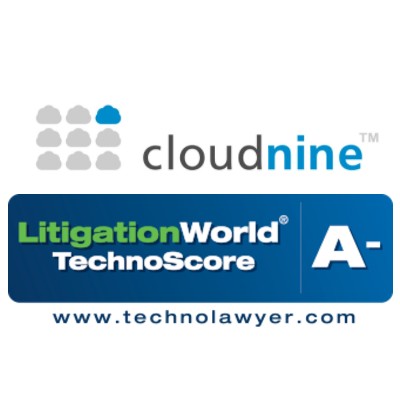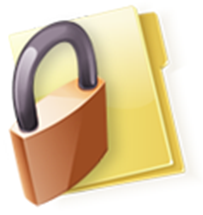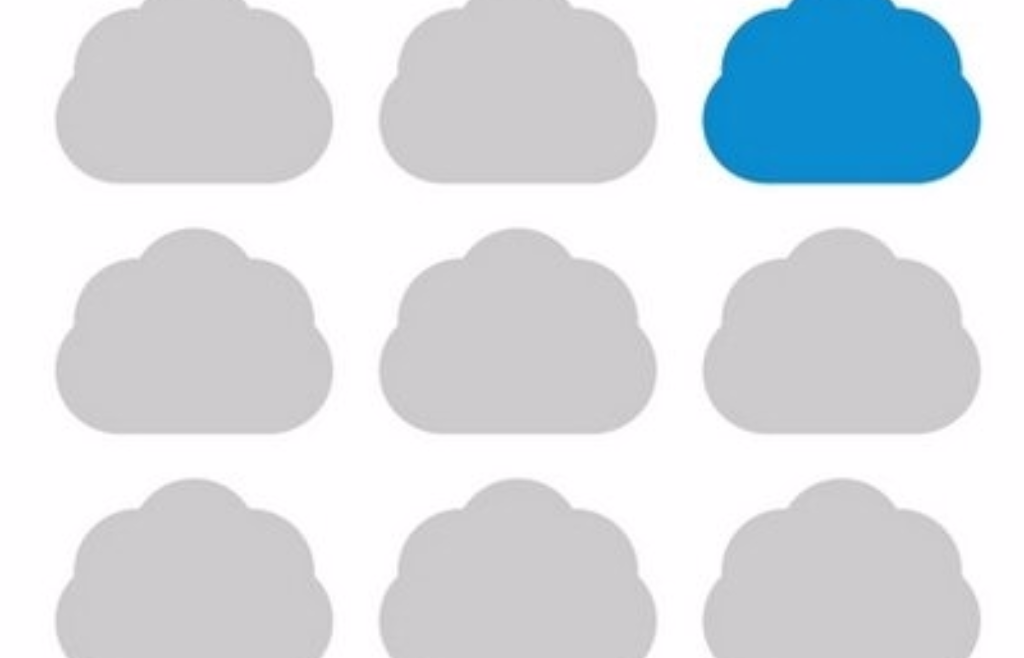In First Financial Security, Inc. v. Freedom Equity Group, LLC, No. 15-1893 (N.D. Cal., Oct. 7, 2016), California Magistrate Judge Howard R. Lloyd issued permissive adverse inference instruction sanctions against the defendant for deleting relevant text messages “with the intent to deprive” the plaintiff of the use of those text messages and for failing to produce native-format data that it was repeatedly ordered to produce. Judge Lloyd declined to sanction the defendant for spoliation of phone records or employment applications.
Case Background
In this case, the plaintiff sued the defendant for intentional interference with contract and related violations of California’s Unfair Competition Law (“UCL”), alleging the defendant induced approximately 1,400 sales contractors to leave the plaintiff and join the defendant “en masse”. The parties filed a Discovery Dispute Joint Report after the defendant had “concededly” failed to produce requested discovery materials, including: (1) text messages possessed by defendant principals; (2) employment applications submitted by former plaintiff contractors; (3) native-format copies of digital data related to the circumstances in which the defendant hired the former plaintiff contractors; and (4) phone records. The court, based on the defendant’s conceded failure to comply with its discovery obligations and absent any substantive opposition, ordered the defendant to produce the discovery materials requested.
After the defendant still failed to produce all of the above, the plaintiff filed its sanctions motion. The defendant conceded in its opposition brief that the texts “were deleted”, but argued that these texts were “innocently” deleted by people who did not understand their discovery obligations. The defendant also asserted: (1) the phone records were deleted by the phone company because those records “are kept only for a year”; (2) there is no native-format data to produce, because the data “is a data base” that can be reviewed through “a query”; and (3) the defendant never possessed any employment applications, because the information in any given employment application is digitally submitted directly to a “data base” and no application document is separately retained.
After oral arguments where the defendant conceded it produced a physical spreadsheet instead of producing native-format copies of the underlying data; the court ordered the defendant to produce, instead, the native-format data. In response, the defendant issued a declaration stating that it did not have possession of the data because it relied upon third party software service providers to receive and store the data, that it has changed providers and the original provider had no obligation to turn over the data without a court order.
Judge’s Ruling
Judge Lloyd, ruling that the duty to preserve evidence arose no later than January of 2014 (when the defendant warned its employees that there would be a lawsuit), was “persuaded that FEG had an obligation to preserve text messages in the anticipation or conduct of litigation, that FEG took no reasonable steps to preserve text messages,…that those messages cannot be restored or replaced through additional discovery and that FEG’s agents acted with the intent to deprive FFS of the use of the deleted text messages.”
Also, noting that “[t]he court twice ordered FEG to produce the native-format data sought by FFS”, Judge Lloyd determined that “FEG has misled and prejudiced FFS in the course of FFS’s attempts to discover native-format copies of electronically stored data” relating to the case, further noting that the defendant had raised the claim that it lacks possession, custody, and control of the data “far too late.”
As a result of the deletion of text messages and the failure to produce the native-format data, Judge Lloyd issued permissive adverse inference instruction sanctions against the defendant, “because mandatory inferences are not necessary to remedy the prejudice FFS has suffered.” Judge Lloyd declined to issue sanctions with respect to the phone records and the employment applications, failing to find intent to deprive for the former and finding that actual documents were not created in the latter.
So, what do you think? Was a permissive adverse inference instruction a severe enough sanction? Please share any comments you might have or if you’d like to know more about a particular topic.
If you’re in Houston, don’t forget that tonight is “Drinks with Doug” at The Tasting Room – CityCentre. Click here to find out how to RSVP. Hope to see you there!
Disclaimer: The views represented herein are exclusively the views of the author, and do not necessarily represent the views held by CloudNine. eDiscovery Daily is made available by CloudNine solely for educational purposes to provide general information about general eDiscovery principles and not to provide specific legal advice applicable to any particular circumstance. eDiscovery Daily should not be used as a substitute for competent legal advice from a lawyer you have retained and who has agreed to represent you.









